Middle East & North Africa
Recent Activity
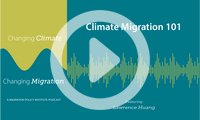
Climate migration sounds simple. It is not. MPI’s Lawrence Huang answers some of the most common questions around one of the least understood dynamics in human movement.
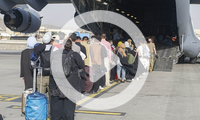
Marking the one-year withdrawal of U.S. troops from Afghanistan and the fall of Kabul to the Taliban, this webinar reflects on the humanitarian and development challenges in Afghanistan and for neighbors, the difficult choices facing aid donors, and what needs to be done to ensure at-risk Afghans can reach safety.
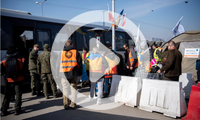
Experts consider what is known about public opinion and narratives on refugees, looking at the Ukrainian and Syrian crises, and how post-crisis solidarity can be harnessed towards sustainable protection.
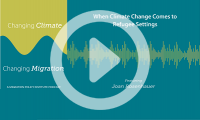
For this episode of Changing Climate, Changing Migration, we speak with Joan Rosenhauer, the executive director of Jesuit Refugee Service/USA, about how natural disasters and other environmental harms affect her organization’s work and its faith-based mission.
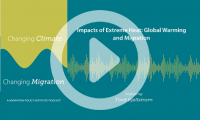
Global warming and extreme heat are behind many of the phenomena linked to climate change. Hotter weather also has an impact on migration and on migrants, ranging from destinations such as the Middle East to parts of the United States. In recent years, there has been more attention paid to cases of migrant workers dying from the heat.
Pages
Recent Activity
The COVID-19 pandemic’s impacts on mobility in the Middle East and North Africa were immediate and wide-reaching. These include the world’s largest and most sustained repatriation efforts for stranded migrants, halted and reversed irregular journeys, and a reckoning with some countries’ reliance on foreign labor. This report examines how these impacts varied across countries in this highly diverse region, as well as the uneven recovery.


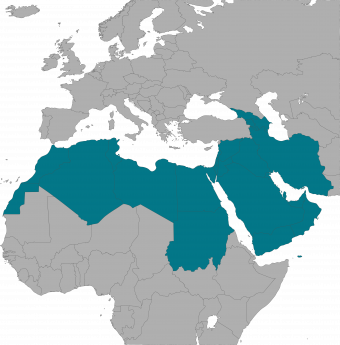















Europe Pushes to Outsource Asylum, Again
New EU Partnerships in North Africa: Potential to Backfire?
The Paradox of the EU-Turkey Refugee Deal
The U.S. Record Shows Refugees Are Not a Threat
The Lampedusa Tragedy Prompts the Question: Does the UN Have Any Impact on the World’s Migrants?